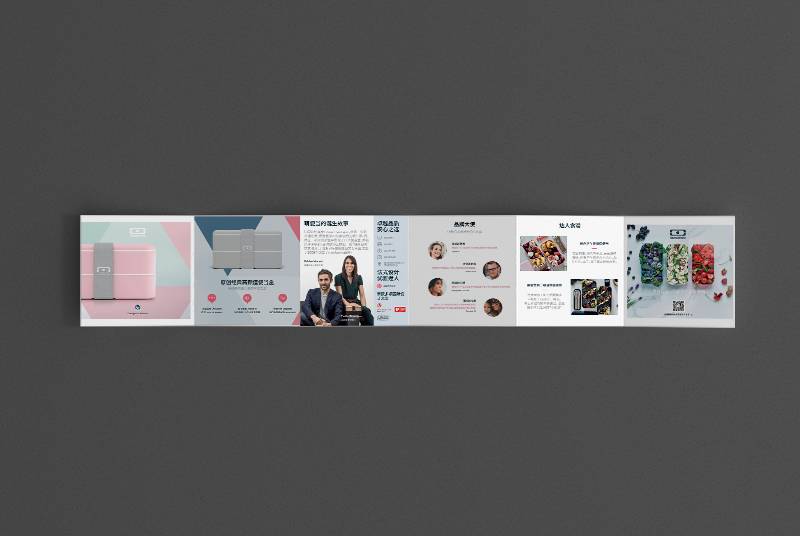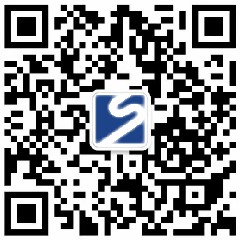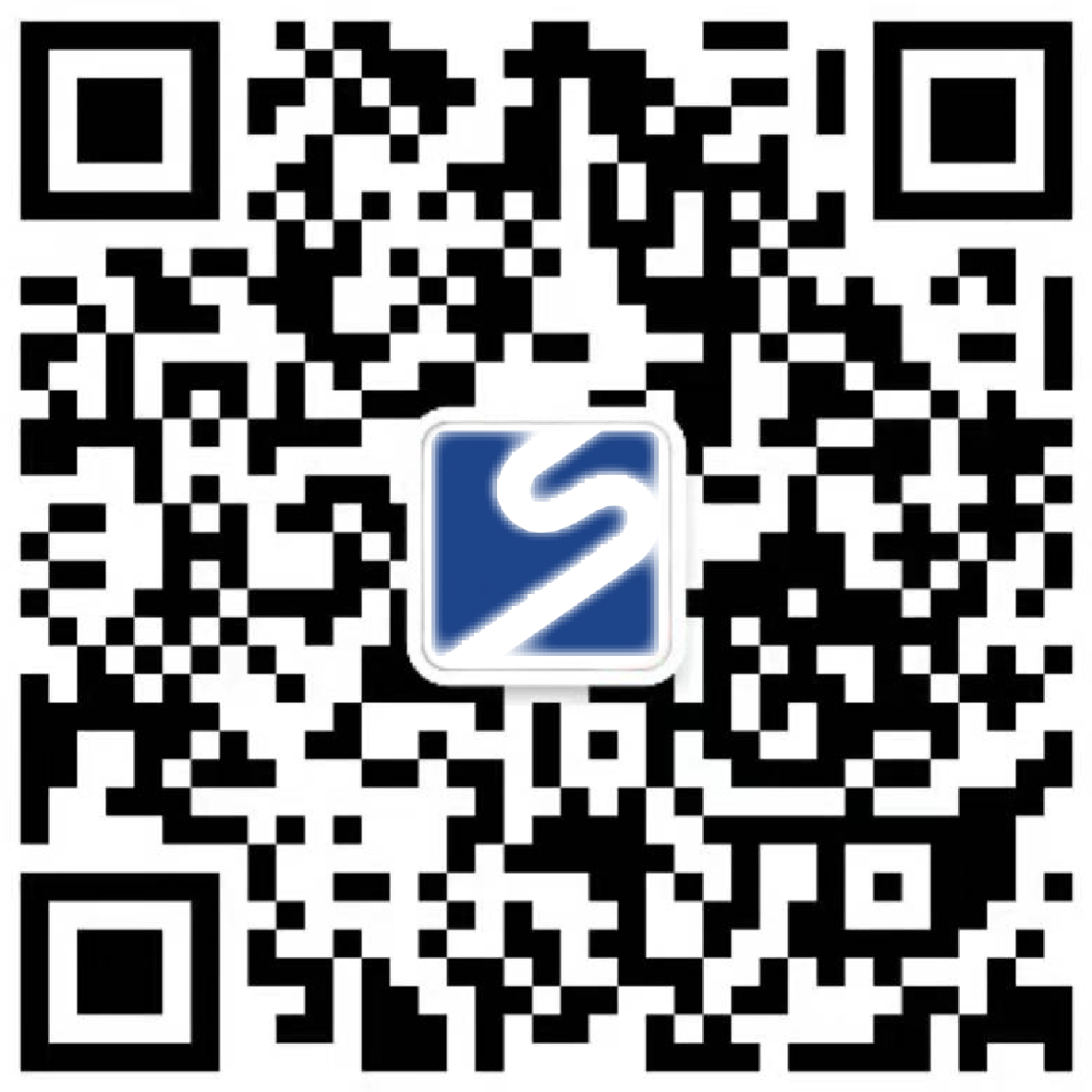What is the difference between pull and fold?
In the printing world, terminology is often the determining factor in the design and effect of the final product. In all printing techniques, 'pull' and'fold' are two commonly used terms. While they may look similar literally, there is actually a significant difference between the two. Let's discuss these two terms that make a print different in style and effect.
In printing, pull pages refer to pages in a manual that can be expanded individually. Unlike the rest of the manual, a pull sheet is attached to one side of the manual and can then be pulled out and unfolded. Versatility is the main feature of this design, which provides more information than other pages. Pull pages are a great tool to provide the reader with in-depth information while preserving the book's original appearance without appearing overcrowded.
In contrast, the folds do not have open cover pages, but are composed of successive pages. Each of these pages is like the page number of a book, not over the edge of the page. Folds are often used on a separate item in a booklet or series, where the information needs to be distributed on each page.

From the point of view of information presentation, pull and fold are like the comparison between micro-plates and large-scale plates. Pull pages, as a miniature display board, are ideal for introducing a large amount of content into manuals or other printed matter, while preserving the continuity of the reading process, allowing users to pull out and view more information as needed. And the fold carries the whole information, through the whole process, the user can browse each page to understand all the content.
From a design and production point of view, pull sheets require finer printing equipment and more sophisticated binding techniques. When binding pull sheet, you need to grasp the pull sheet precisely to ensure that it can expand well. And the production of the fold is more direct and simple, just need to print the page at a time, and then fold it can.
Finally, from the point of view of market adaptability, pull and fold also have their own advantages. Pull pages are suitable for projects that need to present complex or large amounts of information, such as technical manuals, product catalogs, etc. Folds are better suited for situations where you need to read information in a specific order, such as activity manuals, menus, etc.
In summary, although the pull page and thefoldsBoth are print terms, but their unique characteristics and uses make them play a vital role in the printing industry and in printed matter. Choosing the right printing method ensures that the information is effectively delivered to the reader while maximizing the presentation and usage of the content.
Recommended Reading:
How much is the most suitable size for three folds?
Methods and Common Basic Types of Business Propaganda Folding
Three-fold Brochure Content Distribution Layout
As a novice how to complete the product three-fold design? What problems should notice?



